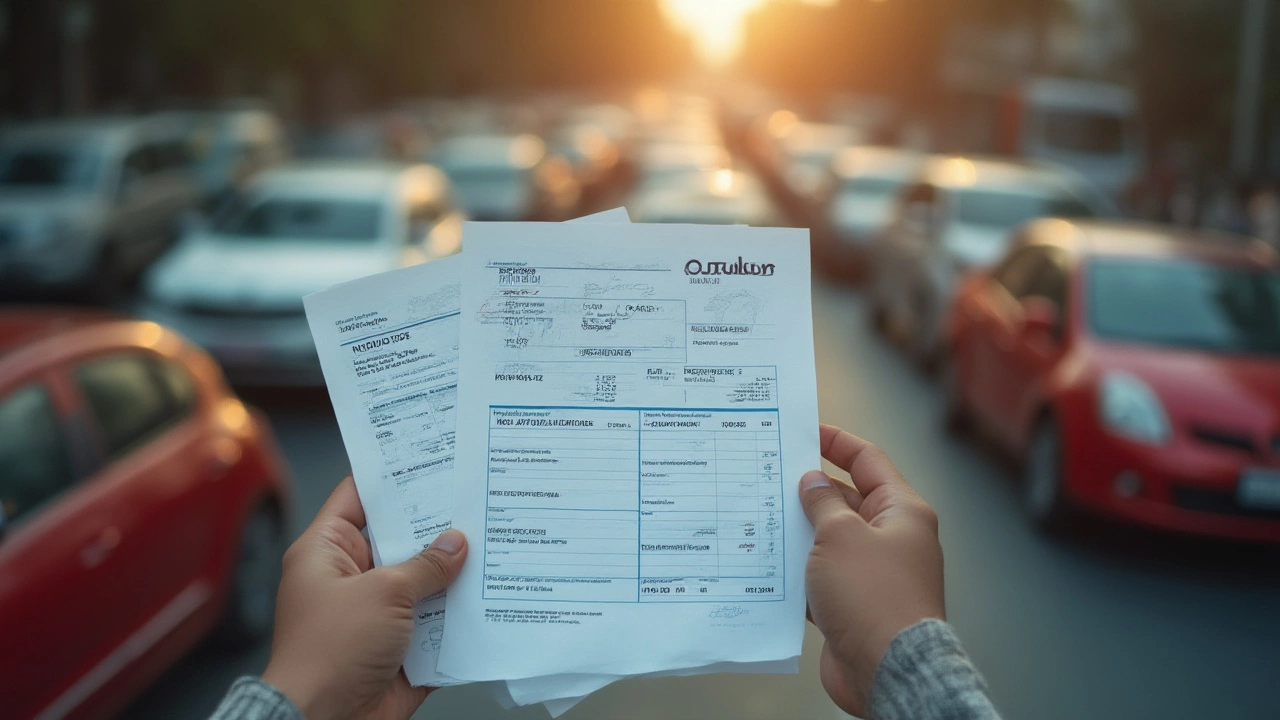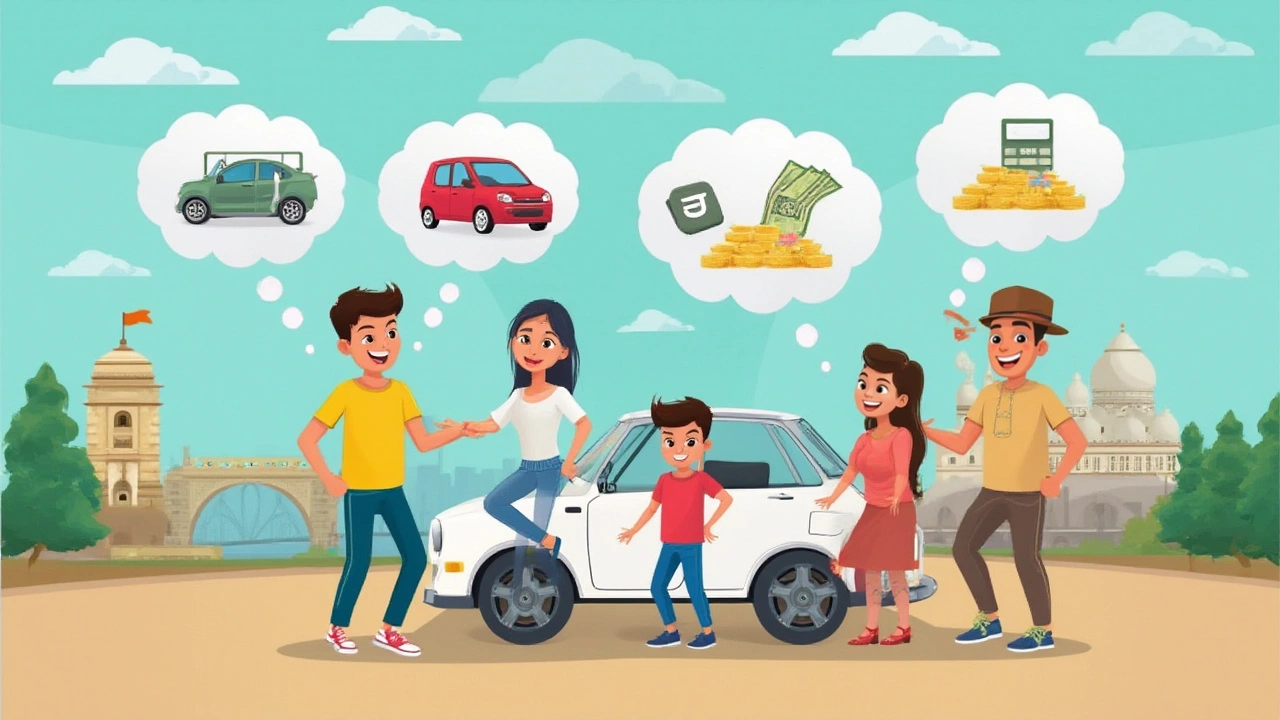Is Importing a Car to India Cheaper? Your 2025 Cost Guide

Ever looked at those gleaming cars in Europe or the US and thought, “If only that beauty could be my ride in India”? You’re not alone. Plenty of people wonder if bringing their dream machine home is actually doable—or if the price tag will destroy their wallet.
The web is full of folks talking up ‘hidden loopholes’ and ‘big savings’ they scored by importing a car. But is that hype real, or will Indian customs turn your dream into a headache?
The Real Cost Math: What Goes Into Importing a Car to India?
Right away, let’s drop the myth: importing a car to India rarely saves you money. Sure, there’s always that cousin’s friend’s neighbor who nabbed a sweet deal on a second-hand Mustang, but for most of us, the actual cost hits way harder than you’d expect. Bringing a car into the country means wrestling with a long list of expenses—and that’s before you even get to drive it on Indian roads.
So, what actually determines the cost? Let's break it down:
- Customs Duty and Taxes: India slaps a monster import duty on cars, which can go as high as 204% of the value of the car. This includes Basic Customs Duty (BCD), IGST (Goods and Services Tax for imports), Social Welfare Surcharge, and potential Cess.
- CIF Value: That’s the Cost, Insurance, and Freight—the total price you paid for the car, shipping to the Indian port, and insuring it during transit. The duty percentage gets calculated based on this.
- Registration Fees: State-wise, these vary wildly, and importing a car means you often pay a premium. For instance, luxury car registration in Mumbai can cost 18% of the vehicle’s value. In Delhi, expect a fat green tax too if the car is diesel or high-displacement petrol.
- Homologation and Compliance Costs: India insists your car fits local standards. If it’s not a model sold in India, you might have to pay to get it certified by ARAI (Automotive Research Association of India), and it’s not cheap.
- Miscellaneous Fees: Handling charges, storage (if paperwork drags), agent fees, and port costs can add up.
Here’s a breakdown of charges on a typical $25,000 car:
| Charge Type | Rate (%) | Approx. Amount (INR) |
|---|---|---|
| Basic Customs Duty | 100 | 20,50,000 |
| IGST | 18 | 3,69,000 |
| Social Welfare Surcharge | 10 | 2,05,000 |
| Registration Fees | 12-18 | 2,55,000 - 3,80,000 |
| Homologation | N/A | Up to 5,00,000 |
Add shipping, insurance, and any delays, and you could spend over 2.5 times your car's original sticker price just to get it into your garage. If, like me, you’re saving coins for Molly’s next vet appointment, you might just faint on seeing these numbers.
And that’s just the money. Missing paperwork or an odd spec (like US emission standards) can mean months—or years—of waiting. Plenty of cars languish at ports, rusting because a tiny bureaucratic snag blocked release.

Why Do People Still Import? Are There Legit Ways to Save?
With prices this steep, you’d think nobody would bother. Yet, high-flyers and hardcore enthusiasts still chase after foreign wheels. Sometimes it’s the model—a Porsche GT3 or a Tesla Plaid—that simply isn’t available here. Others want left-hand drive classics nobody’s selling locally. Sometimes it’s just flex—having something your neighbors have never seen on Indian roads.
But are there ways to shave off costs? A few, but the window is narrow:
- Transfer of Residence: If you’re an NRI returning after living abroad for at least two years, you can bring one used car without paying the super-high new car taxes. You’ll still pay high import duties, but less than for a brand-new car.
- Special Economic Zones: Some SEZs allow companies to bring in imported vehicles for test, display, or R&D at lower duties (not for personal use, though).
- Diplomatic Exemptions: Ambassadors and embassy staff often get vehicles in customs duty-free, but regular folk can’t tap into this. (Sorry, no amount of Instagram charm will turn you into a diplomat.)
- Vintage Cars: Cars over 50 years old now face lower duties, thanks to a 2021 policy. If you’re after a true classic, this is your one big break.
- CKD & SKD Import: Some business owners import cars in Completely Knocked Down (CKD) or Semi Knocked Down (SKD) kit form, assemble them in India, and pay lower taxes. But this is not for private buyers and involves massive paperwork and approvals.
Most folks eyeing cost savings try the ‘import a used car’ angle. Truth is, Indian law only lets you import used cars if they’re less than three years old, right-hand drive, and meet Indian emission norms. For most American or European cars, that means big remodification costs—or outright rejection by customs.
If you’re hoping the government will soon ease these laws, don’t hold your breath. The official reasoning is to protect Indian automakers and control pollution. Even after years of lobbying by Porsche, Tesla, and others, import duties haven’t budged much.
So, unless you fit in the niche categories above, importing a car to India will almost always cost you more than buying even the most loaded luxury model right here at home.

What’s the Upfront Experience Like? Importing Step-By-Step and Hidden Pitfalls
So let’s say you’ve made up your mind. You’ve got the cash, the patience, and maybe a fondness for paperwork. Here’s what the process actually looks like:
- Choose Your Car: Decide what you’re importing. Make sure the model is legal for import—right-hand drive, under three years old for used imports, and compliant with Indian safety and emission norms.
- Arrange Shipping: Hire a reputable import agent or logistics company. Sea-freight is most common and usually cheapest, but takes weeks.
- Get Ready to Pay: As soon as the car hits the port, you must pay customs, IGST, welfare surcharge, and all other fees before you can even think about seeing your car. Be prepared for ‘unexpected’ port charges and storage costs if there are clearance delays.
- Homologation Tests: If your car isn’t certified for Indian roads, the ARAI will run it through their full battery of (pricey) tests. Until this clears, you can’t register or drive it.
- Registration Rounds: Take all paperwork—a pile of customs forms, homologation proof, original invoice, insurance, pollution certificate, and more—to your local RTO. Prepare for long lines, multiple office visits, and perhaps a healthy dose of tea with the local officers.
- Drive—Finally: Once registration is done, you get your number plate, and that’s it. The car’s legally yours to drive.
Easy on paper, right? But here’s where people often trip up:
- Delays: If any document is missing or the car fails a compliance test, it can rack up port storage fees (sometimes thousands per day).
- Spec Mismatches: A US model may have the wrong type of side indicators, headlights, or seat belt laws. Changing them for India isn’t always cheap—or even legal.
- Resale Woes: Selling an imported car later can be tough. Many buyers get spooked by the high running costs or sourcing spare parts, especially if the model is rare in India.
- Insurance Puzzles: Some insurers are wary of private imports, and premiums can be much higher than for locally sold models.
- Local Support: If something breaks, you may end up waiting months for a simple replacement part. Fancy an awkward chat with your neighborhood mechanic who’s never seen your car’s engine before?
Let’s be honest: for most of us, this is far more work (and cash) than it’s worth. Unless you’re dead set on a model that’s truly unavailable here—or you love the process itself—most buyers are just happier with a brand-new car from a local showroom, warranty intact, and all hassles handled. And hey, with all the amazing make-in-India models dropping every year, there’s really no shortage of options. Plus, have you seen the tax savings you could throw into an IPO or even spend on your furry buddy’s gourmet snacks?
Still thinking about importing that dream ride? Maybe you’ve got the time, the passion, and a (very) healthy bank balance. Maybe you just like a good challenge. But if you’re mostly chasing a ‘cheaper price,’ importing will almost always sneak past your budget and leave your wallet crying. Don’t say I didn’t warn you—Molly the cat would agree!
